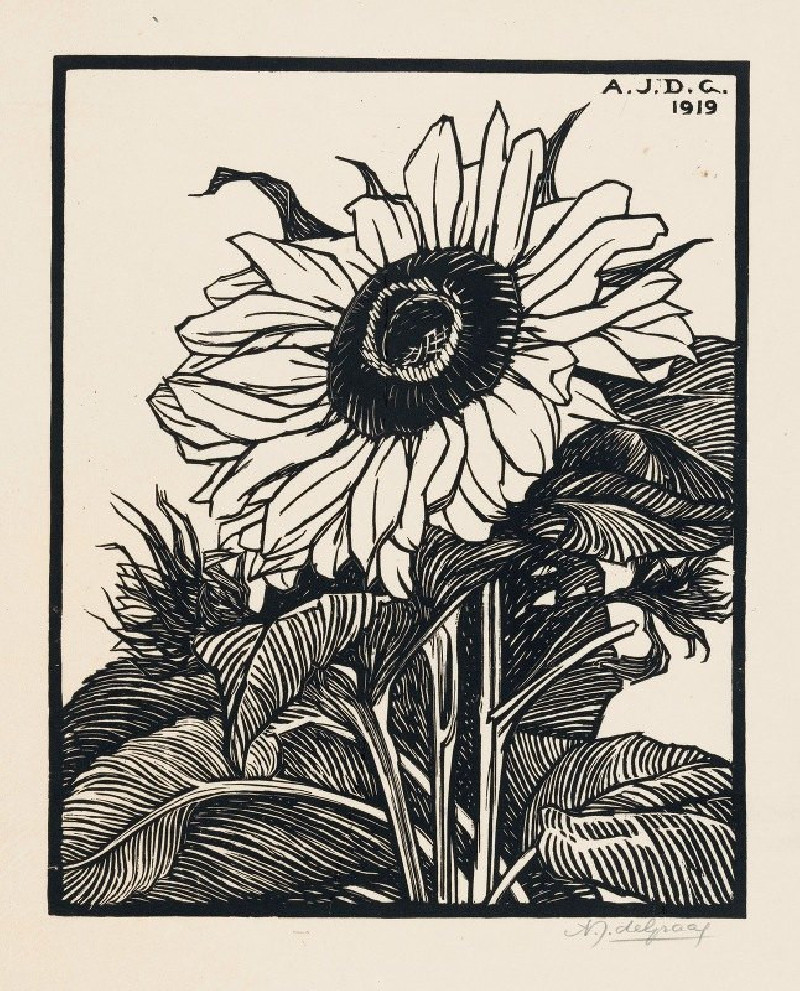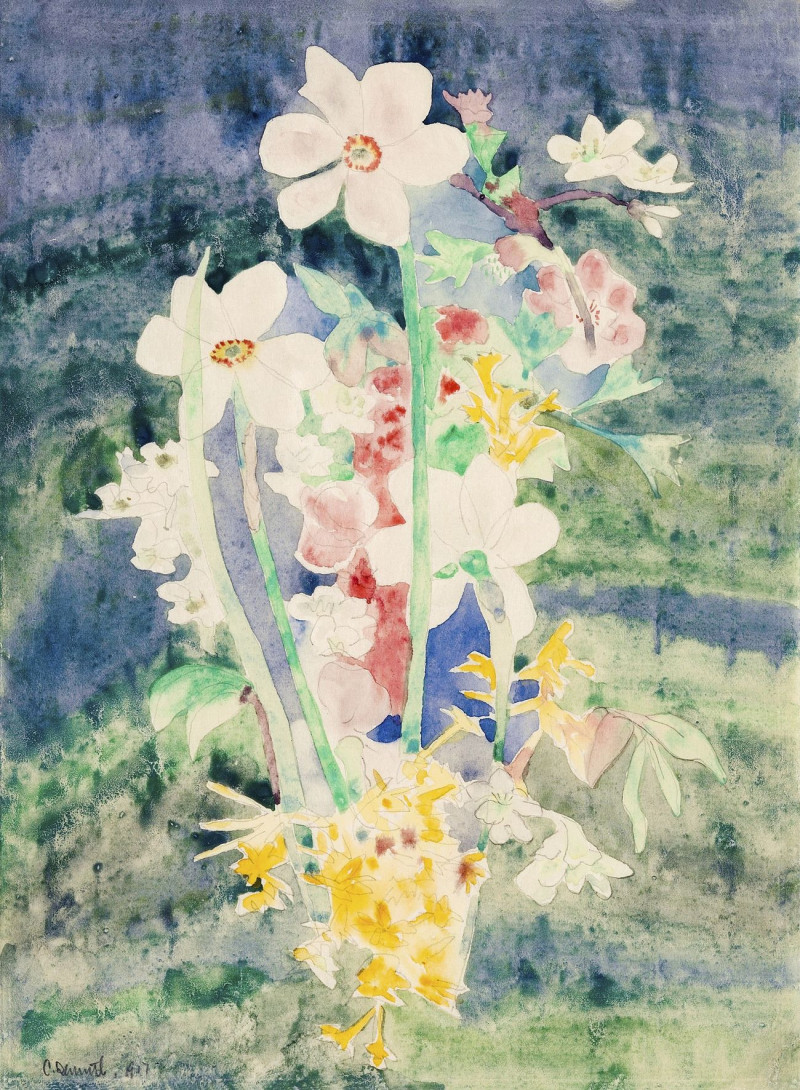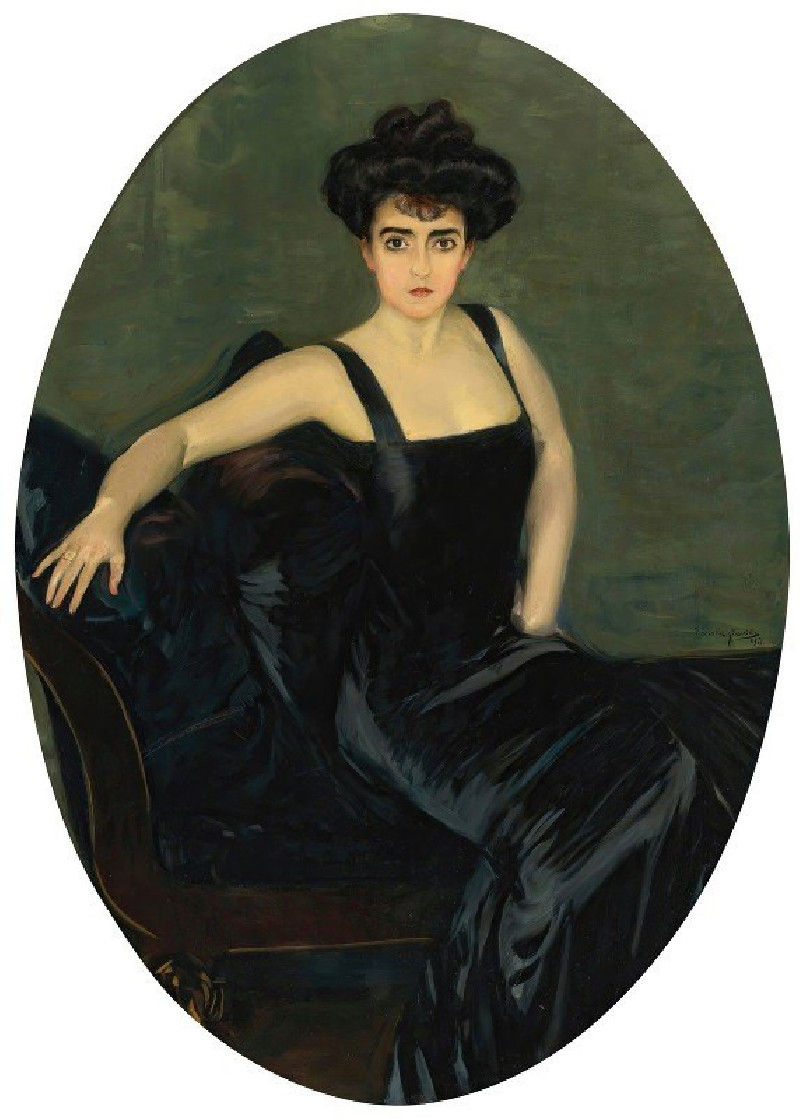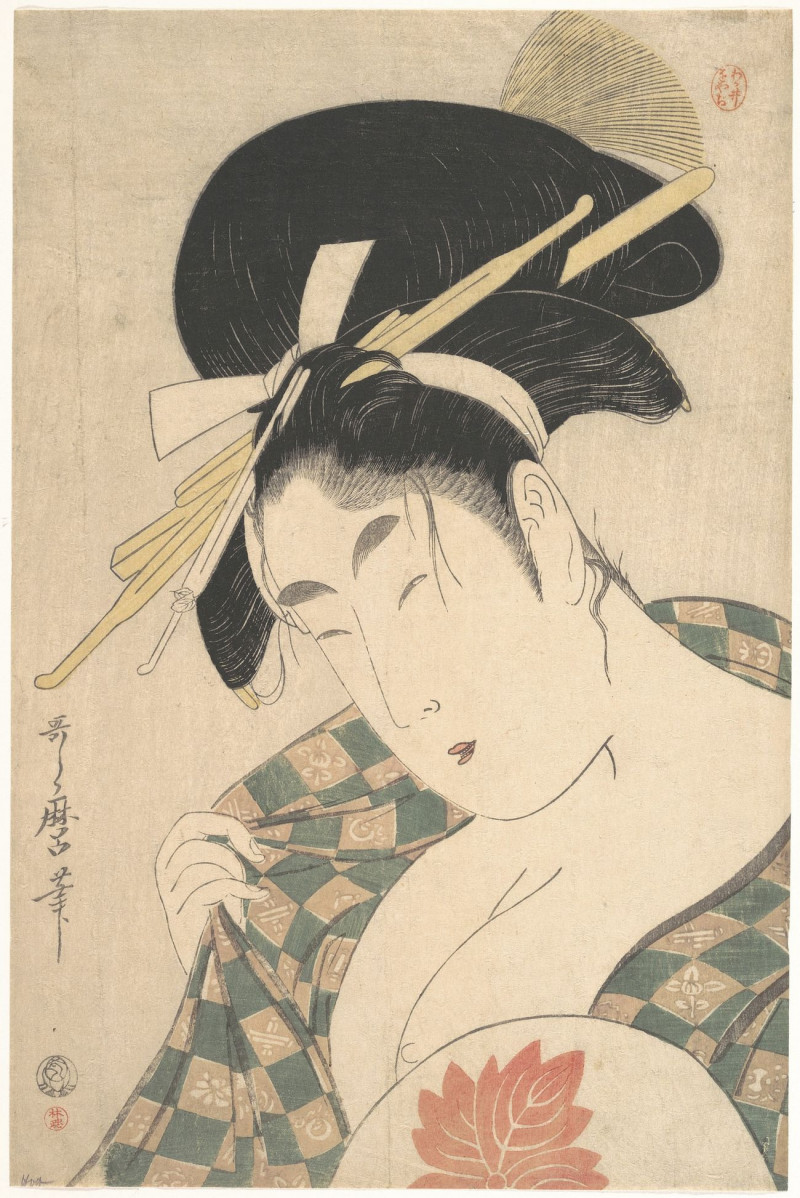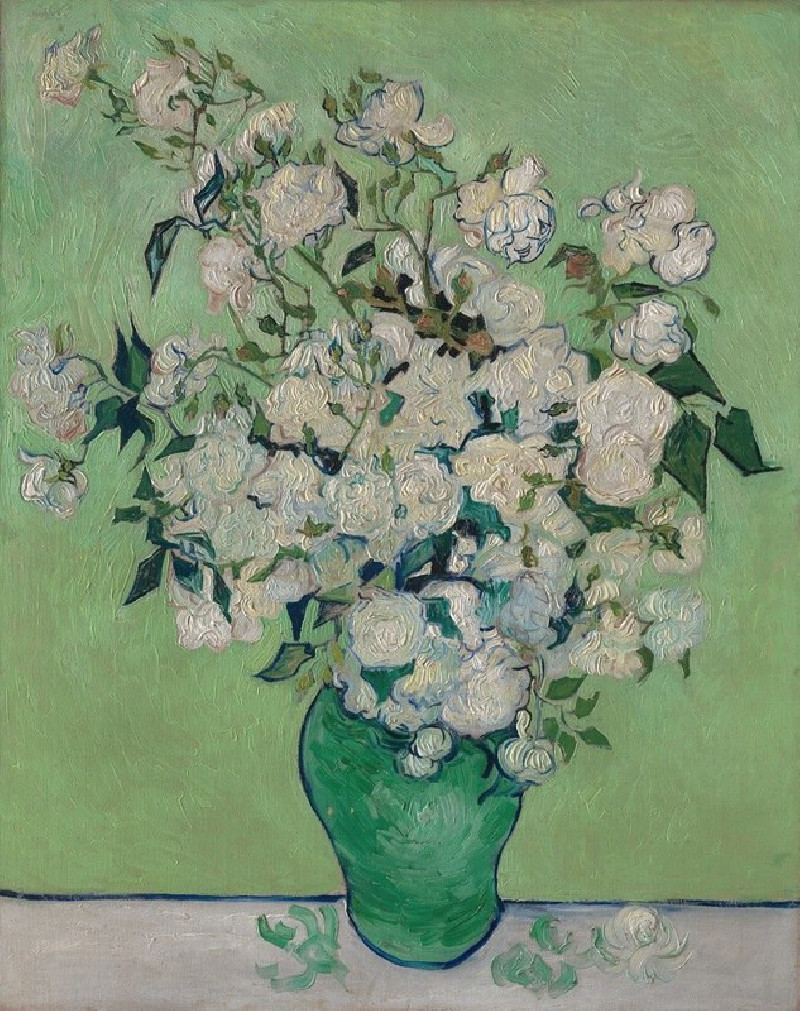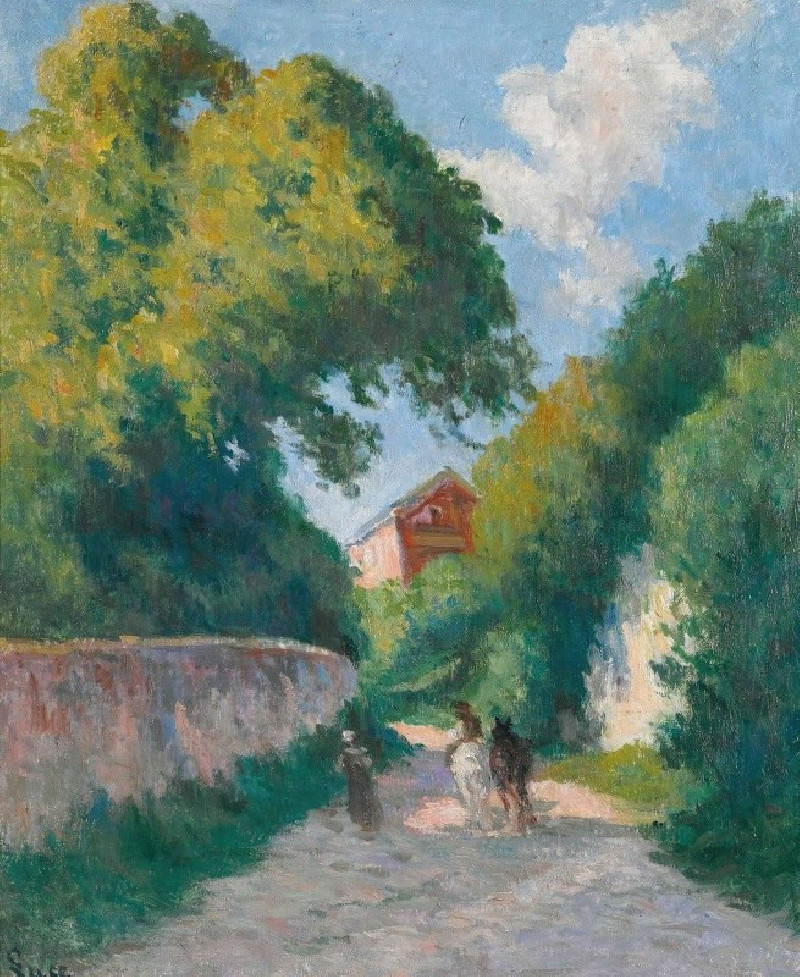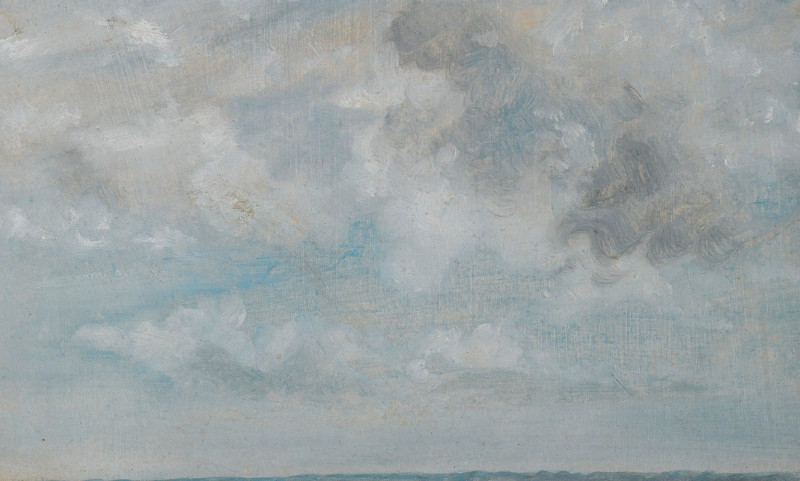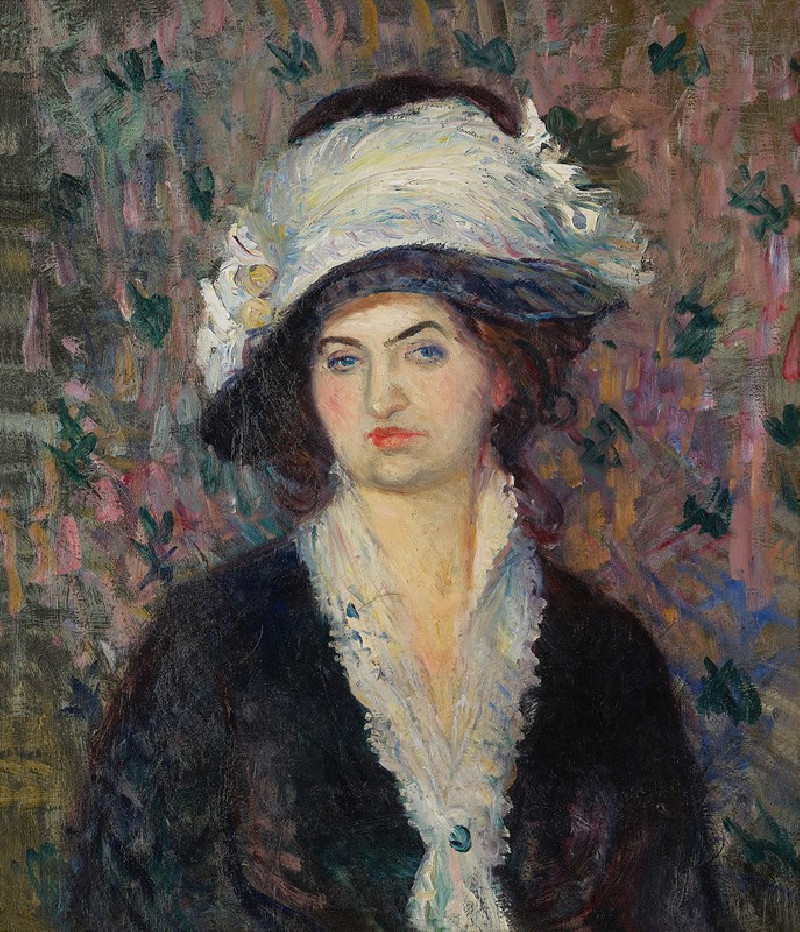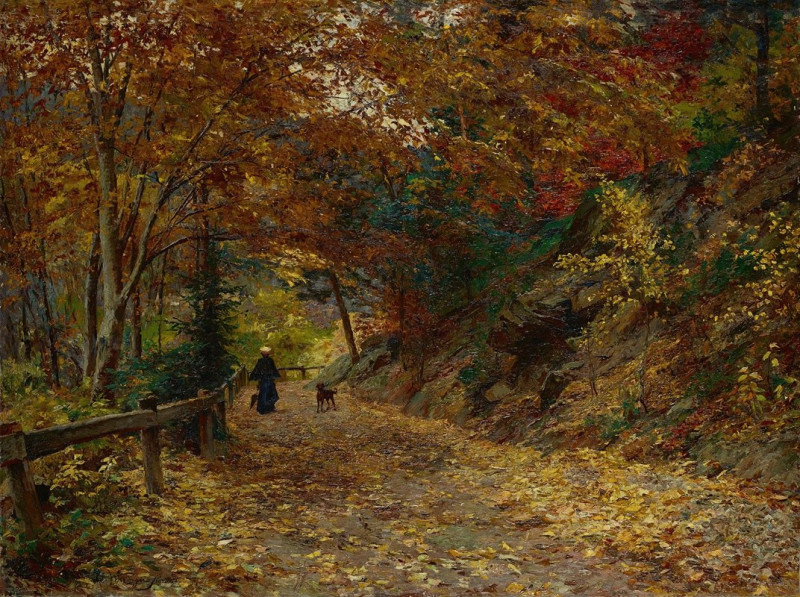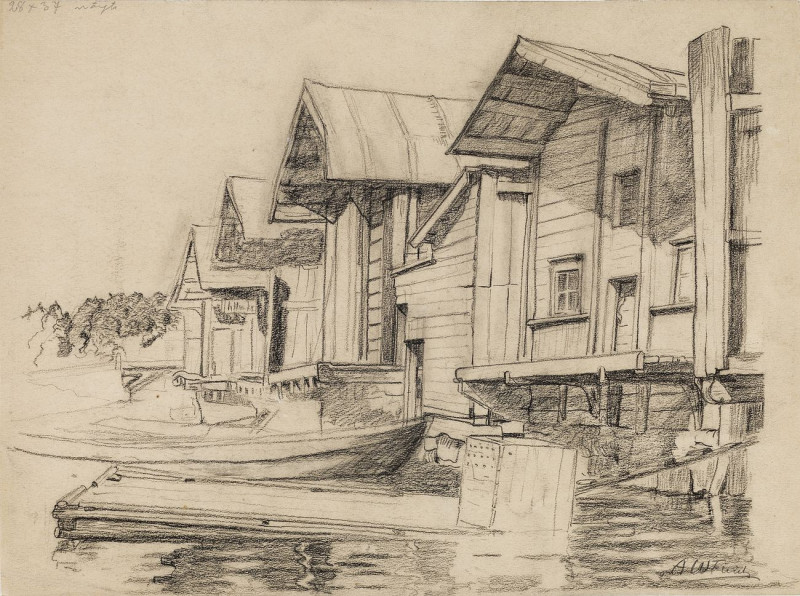Olympia (1867)
Technique: Giclée quality print
Recommended by our customers
More about this artwork
Édouard Manet's "Olympia," completed in 1867, is a painting that marks a significant turning point in 19th-century art for its candid and unidealized representation of the female figure. In this etching inspired by the original masterpiece, we observe the bold depiction of Olympia, a reclining nude who confrontationally meets the gaze of the viewer. Unlike the passive nudes of classical portrayals, Olympia's direct stare and slightly defiant posture suggest a sense of control and individuality.The composition also includes a servant in the background, who is depicted bringing a bouquet, possibly a gift from an admirer. Contrastingly rendered in dark, sketchy lines, the servant's portrayal brings depth both in form and narrative to the artwork, hinting at complex social and racial dynamics of the period.Manet's use of stark light and shadow, vividly captured in this etching, highlights the intimacy and textural richness of the scene. The fine lines of the bedclothes emphasize luxury, intersecting with themes of beauty, commodification, and voyeurism."Olympia" was controversial not only for its modern style but also for its confrontational subject matter that challenged the societal norms of the era.
Delivery
Returns
Édouard Manet (1832–1883) was a French modernist painter and one of the first 19th century artists to paint modern life. His impressionist style is characterized by relatively small and thin brushstrokes that create emphasis on light depiction. Manet was one of the key artists in the transition from realism to impressionism, along with Claude Monet, Edgar Degas, and Pierre-Auguste Renoir. However, he resisted involvement in any one specific style of painting, and only presented his work to the Salon of Paris instead of impressionist exhibitions. His early masterworks, The Luncheon on the Grass and Olympia, created great controversy and served as a rallying point for other young painters.
































